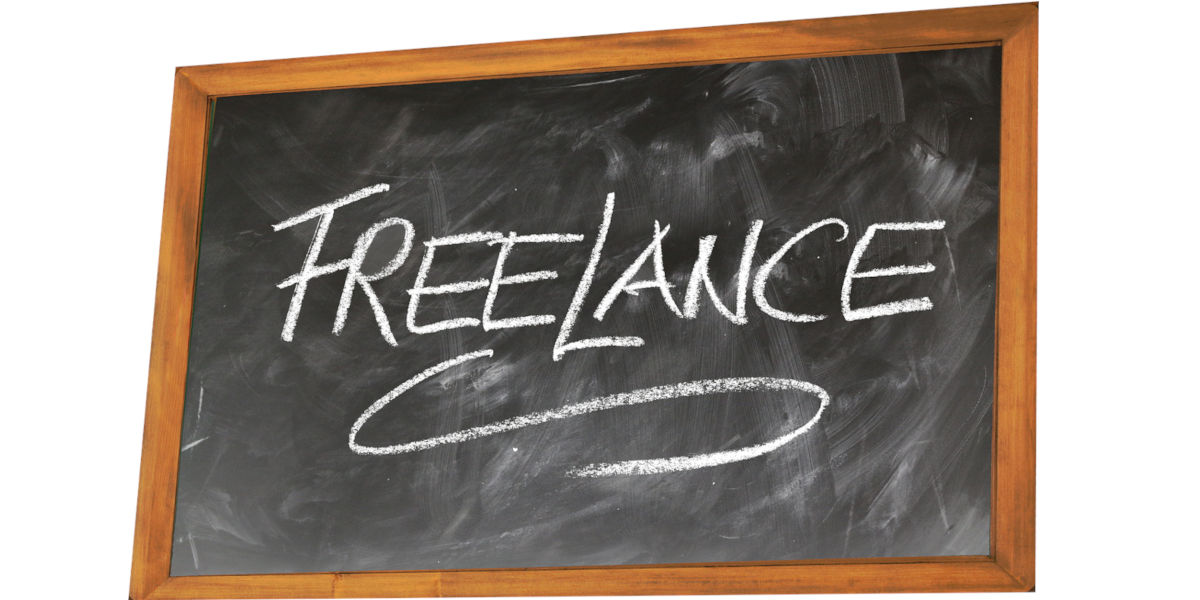Retirement planning for the self-employed can be a daunting challenge, especially considering the complex dynamics involved. For the self-employed, there's a myriad of unique factors that may impact your financial stability in the future. But fear not: This article seeks to demystify retirement planning for self-employed individuals like yourself, and showcase the best options available to secure your financial future. We will delve into self-employed retirement options and break down the steps detailing how a self-employed person can plan for retirement.
Being self-employed comes with many privileges, like having more control over your time, operation style, and financial growth. However, you're also solely responsible for your retirement planning, unlike traditionally employed workers who are often enrolled in employer-based retirement schemes. This guide will provide you with various retirement options for self-employed individuals and outline suitable steps you can take towards ensuring a comfortable retirement.
Understanding the Need for Retirement Planning
A good starting point for any self-employed individual is understanding the need and financial benefits that come with strategic retirement planning. While the thought of retirement may seem distant when you're fully engrossed in running your business, planning early can lead to a significantly more comfortable and secure retirement. The economic landscape can be uncertain, and investing in a strong retirement plan allows for financial stability regardless of future economic downturns.
Self-Employed Retirement Options: Decide The Right Plan For You
Your retirement planning strategy heavily relies on choosing the most suitable retirement savings plan that aligns with your personal financial goals and situation. Luckily, there are several self-employed retirement options that you can consider. These options range from Individual Retirement Arrangements (IRAs), Simplified Employee Pension plans (SEP IRAs), Solo 401(k) plans to Savings Incentive Match Plan for Employees (SIMPLE IRAs), amongst others.
Each self-employed retirement plan has its unique characteristics, advantages, and disadvantages. A clear understanding of these options will enable you to make an informed decision that best suits your retirement goals. The subsequent sections will discuss these options in detail, their differences, and how to decide which is most appropriate for your situation.
Individual Retirement Arrangements (IRAs)
IRAs are one of the most common retirement plans among self-employed individuals. They are full of added tax advantages, making them attractive for those keen on maximizing their savings while minimizing their tax liability. Furthermore, there are two types of IRAs - Traditional and Roth IRAs, each with its unique tax advantages and eligibility requirements. We will delve into these types further on in this guide.
Simplified Employee Pension Plans (SEP IRAs)
SEP IRAs are specially designed with self-employed individuals and small business owners in mind. They offer higher contribution limits than traditional or Roth IRAs, and contributions are tax-deductible, thus reducing your current taxable income. Knowing how to leverage these features can significantly boost your retirement savings and overall financial security during retirement.
While retirement planning is crucial for everyone, it is particularly important for self-employed individuals since providing for retirement ultimately falls on their shoulders. Becoming well-versed with your retirement plans options and understanding how best to leverage them is undeniably a step towards achieving your retirement goals.
Once you get into the groove of self-employment, retirement can seem like a distant prospect. It's easy to be so consumed by daily tasks and operational queerness that you lose sight of your future financial security. But trust me, planning for retirement as a self-employed individual is a crucial aspect you can't afford to neglect.
If you're self-employed, retirement planning can be even more critical than for those in traditional employment. Without access to an employer-sponsored retirement plan, it's all on you to ensure you're saving adequately and intelligently for your retirement. But don't worry, there are numerous options available to bring the future you envision to life. Let's explore some of those options in detail:
Individual Retirement Accounts (IRAs)
IRAs are among the most popular retirement savings options for the self-employed. Unlike 401(k)s, which are typically employer-sponsored, any individual with taxable income can contribute to an IRA. There are two types of IRAs- Traditional IRA and Roth IRA, both offering substantial tax advantages. The maximum contribution limit for 2022 is $6,000, or $7,000 if you're age 50 or older. Remember, it's essential to consult with a tax advisor or financial planner to understand which IRA type best fits your situation.
Simplified Employee Pension (SEP) IRA
A SEP IRA is another type of Individual Retirement Account particularly designed for self-employed folks and small business owners. The key benefit of a SEP IRA is the robust annual contribution limit- a whopping 25% of your compensation or $58,000 for 2022, whichever is less. This high limit can enable you to save significantly more for your retirement than what's otherwise possible with a standard IRA.
Solo 401(k)
Often overlooked, a Solo 401(k) can potentially allow you to save significantly more for retirement. Also known as an individual 401(k), it gives you the flexibility to contribute both as an employee as well as an employer, further maximizing your retirement contributions.
In particular, for those with substantial self-employment income and the ambition to save a large part of it for retirement, the Solo 401(k) could be an excellent choice. For 2022, you can contribute up to $58,000 ($64,500 if age 50 or older), or 100% of earned income, whichever is less.
In conclusion, when it comes to retirement planning for the self-employed, there's no one-size-fits-all solution. Each option has its advantages and constraints, so it's prudent to evaluate your specific situation carefully, analyze your needs and goals, and choose the right path wisely. One key aspect is clear, whether you're self-employed or traditionally employed - planning for your retirement is no longer a luxury, but a necessity. After all, we all deserve a secure and comfortable retirement, and with the right plan in place, it's an achievable goal.




